Blogs & News
We are focus on automotive wiring harness & connectors technology.
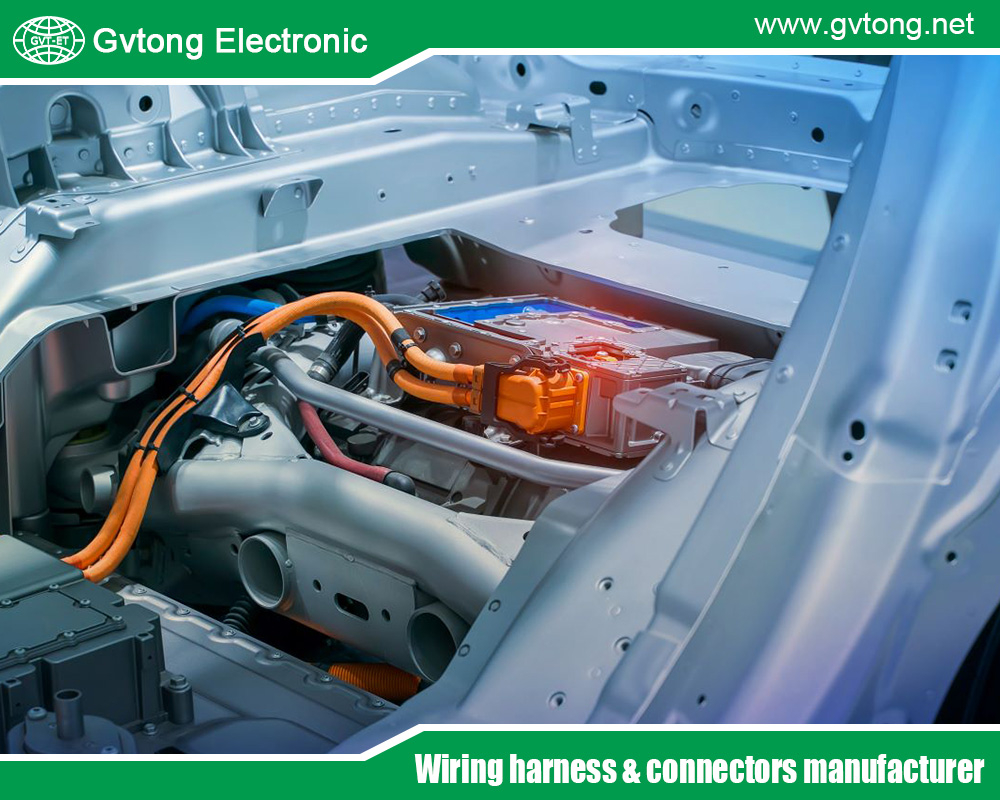
Typical Application Scenarios of 2-Cavity Connectors in Four Major Industries
- Gvtong Electronic
- 2-cavity connectors, 2-cavity connectors company, 2-cavity connectors manufacturer, 2-cavity connectors supplier, automotive antenna connector, automotive coaxial connector, automotive data connector, automotive diagnostic connector, automotive electrical connector, automotive high - frequency, automotive High voltage connector, automotive hybrid connector, automotive Low voltage connector, Automotive Low Voltage Signal And Power Connector Solutions, automotive Oil-resistant Connectors, automotive optical fiber connector, automotive power distribution, automotive Signal Connector, automotive vibration - resistant, automotive waterproof connectors, best photovoltaic connectors for solar panels, Best Photovoltaic Solar Battery Connectors For Energy Storage Systems, China Energy Storage Connector Manufacturers, China High Current Connectors Manufacturer, China High Frequency And High Speed Connectors Manufacturer, China Industrial Electrical Connectors Manufacturers, china photovoltaic connectors manufacturers, electric vehicle EV connector supplier, EV charging connectors manufacturers, Fuel cell connectors, High Voltage EV Battery Connector For Electric Vehicles, In-cabin infotainment connectors, Quick-fit automotive connectors
- No Comments
Typical Application Scenarios of 2-Cavity Connectors in Four Major Industries
In the rapidly evolving world of technology, electrical connectors play a pivotal role in enabling seamless communication and power transfer between devices and systems. Among these, 2-cavity connectors—compact, reliable components designed to house two electrical contacts—are widely valued for their versatility, durability, and efficiency. These connectors are engineered to ensure secure connections in environments that demand precision and resilience. From automotive systems to medical devices, 2-cavity connectors are integral to numerous applications across diverse industries. Their ability to handle power, signal, or a combination of both in a small footprint makes them indispensable in modern engineering. This article explores the typical application scenarios of 2-cavity connectors in four major industries: automotive, consumer electronics, industrial automation, and medical. By examining their roles, technical advantages, and real-world use cases, we highlight why these connectors are a cornerstone of innovation across these sectors.
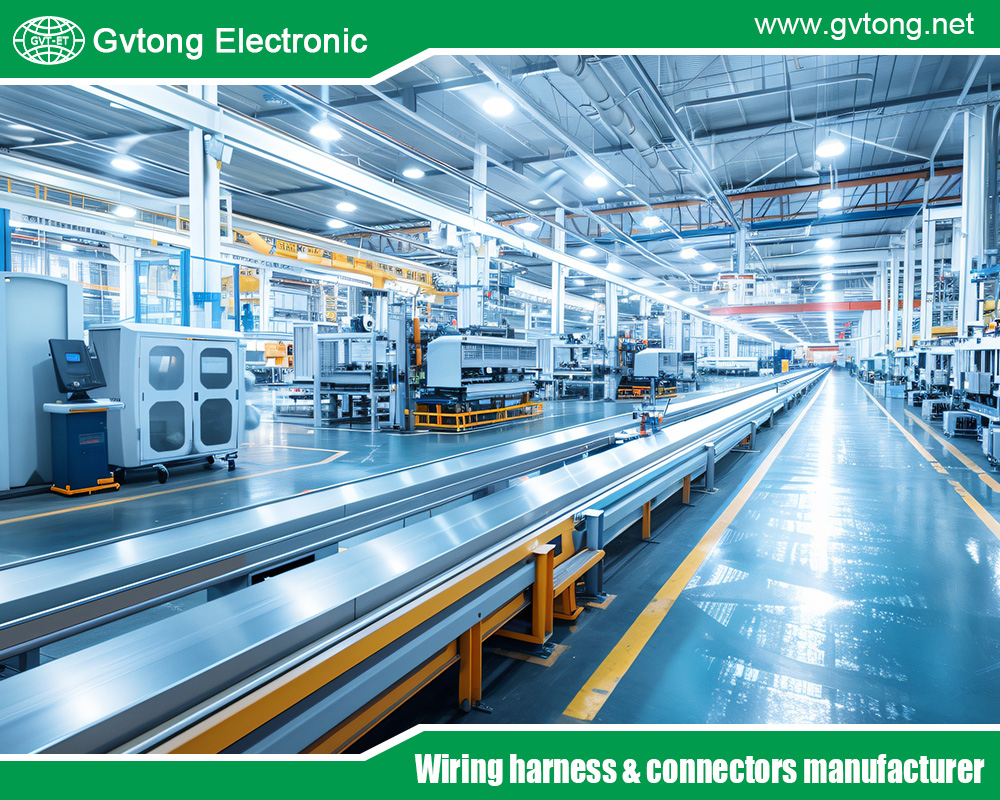
Automotive Industry
The automotive industry is one of the largest consumers of 2-cavity connectors, driven by the increasing complexity of vehicle electronics and the demand for reliable, compact solutions. These connectors are critical in ensuring robust electrical connections in environments subject to vibration, temperature fluctuations, and moisture.
Applications in Automotive Systems
- Sensor Connections: Modern vehicles rely on a network of sensors for functions like engine management, braking, and environmental monitoring. 2-cavity connectors are commonly used to link sensors such as oxygen sensors, temperature sensors, and wheel speed sensors to the vehicle’s electronic control unit (ECU). Their compact design allows for easy integration into tight spaces, while their sealing properties protect against dust and water ingress, meeting standards like IP67 or IP68.
- Lighting Systems: Automotive lighting, including headlights, taillights, and interior lighting, often employs 2-cavity connectors to deliver power and control signals. For example, LED headlamp assemblies use these connectors to ensure stable power delivery and dimming control, enhancing energy efficiency and longevity.
- Infotainment and Telematics: In-car infotainment systems, such as touchscreens and audio modules, require reliable connections for power and data. 2-cavity connectors facilitate these connections, supporting high-speed data transfer for features like GPS navigation and Bluetooth connectivity.
- Battery Management Systems (BMS): In electric vehicles (EVs), 2-cavity connectors are used in BMS to monitor battery voltage and temperature. Their ability to handle high currents while maintaining a secure connection is critical for EV safety and performance.
Technical Advantages
2-cavity connectors in automotive applications are designed to withstand harsh conditions, including temperatures ranging from -40°C to 125°C and high vibration levels. Their locking mechanisms ensure secure mating, reducing the risk of disconnection during vehicle operation. Additionally, their small size optimizes space in densely packed engine compartments or dashboards. Manufacturers like TE Connectivity and Molex offer 2-cavity connectors with features like polarization to prevent incorrect mating, enhancing reliability.
Case Study
In hybrid electric vehicles (HEVs), 2-cavity connectors are used to connect the regenerative braking system’s sensors to the ECU. These connectors ensure accurate data transmission, enabling the system to optimize energy recovery during braking. This application underscores their role in improving vehicle efficiency and reducing emissions.
Future Trends
As autonomous vehicles and advanced driver-assistance systems (ADAS) proliferate, the demand for 2-cavity connectors will grow, particularly for high-speed data applications in radar and LiDAR systems. Their adaptability to emerging automotive technologies positions them as a key component in the industry’s electrification and automation journey.
Consumer Electronics
Consumer electronics, encompassing devices like smartphones, wearables, and home appliances, rely heavily on 2-cavity connectors for their compact size and versatility. These connectors enable seamless integration of power and signal pathways in space-constrained designs.
Applications in Consumer Electronics
- Portable Devices: In smartphones and tablets, 2-cavity connectors are used for battery connections, speaker modules, and antenna interfaces. Their small footprint allows manufacturers to maximize internal space for other components, such as larger batteries or advanced processors.
- Wearable Technology: Wearables like smartwatches and fitness trackers use 2-cavity connectors for charging and data transfer. For instance, a 2-cavity connector may link the device’s battery to a charging port, ensuring efficient power delivery while maintaining a sleek design.
- Home Appliances: Smart home devices, such as thermostats and security cameras, employ 2-cavity connectors to connect sensors or communication modules. These connectors support Wi-Fi or Bluetooth modules, enabling remote control and monitoring.
- Audio Equipment: In headphones and portable speakers, 2-cavity connectors facilitate power and audio signal transmission, ensuring high-quality sound output and reliable operation.
Technical Advantages
2-cavity connectors in consumer electronics are designed for high reliability and ease of assembly. They often feature gold-plated contacts to minimize signal loss and corrosion, critical for high-frequency data applications. Their low profile and lightweight construction align with the industry’s focus on portability and aesthetics. Additionally, many connectors support USB or proprietary charging standards, making them versatile for various devices.
Case Study
In a popular fitness tracker, a 2-cavity connector is used to interface the heart rate sensor with the device’s mainboard. The connector’s compact design allows the tracker to maintain a slim profile, while its robust locking mechanism ensures stable performance during physical activity, even in sweaty or humid conditions.
Future Trends
The rise of 5G technology and the Internet of Things (IoT) will increase the demand for 2-cavity connectors in consumer electronics. Their ability to support high-speed data and power delivery in compact form factors will be critical for next-generation devices like augmented reality (AR) glasses and smart home hubs.
Industrial Automation
Industrial automation relies on 2-cavity connectors to ensure reliable connectivity in demanding environments, such as factories and warehouses, where machinery operates under extreme conditions.
Applications in Industrial Automation
- Robotics: Industrial robots use 2-cavity connectors to link sensors, actuators, and control modules. For example, a robotic arm’s proximity sensor may use a 2-cavity connector to transmit position data to the controller, enabling precise movements.
- Programmable Logic Controllers (PLCs): PLCs, the backbone of industrial automation, use 2-cavity connectors for input/output (I/O) connections, linking sensors and actuators to the control system. These connectors ensure reliable signal transmission in noisy environments.
- Motor Control Systems: In variable frequency drives (VFDs) and servo motors, 2-cavity connectors deliver power and control signals, supporting precise speed and torque control. Their rugged design withstands vibration and electrical noise.
- Environmental Monitoring: In automated warehouses, 2-cavity connectors connect temperature and humidity sensors to monitoring systems, ensuring optimal conditions for stored goods.
Technical Advantages
2-cavity connectors in industrial automation are built to endure high vibration, electromagnetic interference (EMI), and extreme temperatures. Many are rated for high ingress protection (e.g., IP69K), making them suitable for washdown environments in food and beverage processing. Their modular design simplifies maintenance, allowing quick replacement without disrupting operations.
Case Study
In a semiconductor manufacturing facility, 2-cavity connectors are used in robotic wafer-handling systems. These connectors link sensors that detect wafer alignment to the control system, ensuring precision and minimizing defects. Their EMI shielding ensures reliable performance in the presence of high-frequency equipment.
Future Trends
The adoption of Industry 4.0 technologies, such as IoT-enabled machinery and predictive maintenance, will drive demand for 2-cavity connectors. Their ability to support real-time data transmission and withstand harsh industrial environments makes them ideal for smart factories.
Medical Industry
The medical industry demands connectors that meet stringent safety, reliability, and sterilization requirements. 2-cavity connectors are widely used in medical devices due to their precision and ability to operate in sensitive environments.
Applications in Medical Devices
- Diagnostic Equipment: Devices like ultrasound machines and blood glucose monitors use 2-cavity connectors to interface sensors with processing units. These connectors ensure accurate signal transmission for reliable diagnostics.
- Patient Monitoring Systems: In hospital settings, 2-cavity connectors link vital sign monitors (e.g., pulse oximeters) to central systems, transmitting data like heart rate and oxygen levels. Their secure locking mechanisms prevent accidental disconnections.
- Surgical Instruments: Minimally invasive surgical tools, such as endoscopes, use 2-cavity connectors to deliver power and control signals to imaging or cutting components. Their compact size supports the design of ergonomic instruments.
- Wearable Medical Devices: Devices like insulin pumps and cardiac monitors use 2-cavity connectors for battery connections and data transfer, ensuring reliable operation for continuous patient care.
Technical Advantages
Medical-grade 2-cavity connectors are designed to meet standards like ISO 13485 and FDA requirements. They use biocompatible materials to ensure safety and are resistant to sterilization processes like autoclaving. Their low contact resistance and high reliability minimize the risk of failure in critical applications.
Case Study
In a portable defibrillator, a 2-cavity connector links the battery to the high-voltage circuit, ensuring rapid and reliable power delivery during emergencies. The connector’s sealed design protects against body fluids, enhancing device safety and longevity.
Future Trends
The growth of telemedicine and wearable health devices will increase the demand for 2-cavity connectors. Their role in supporting compact, reliable, and safe connections will be critical for innovations like remote patient monitoring and implantable devices.
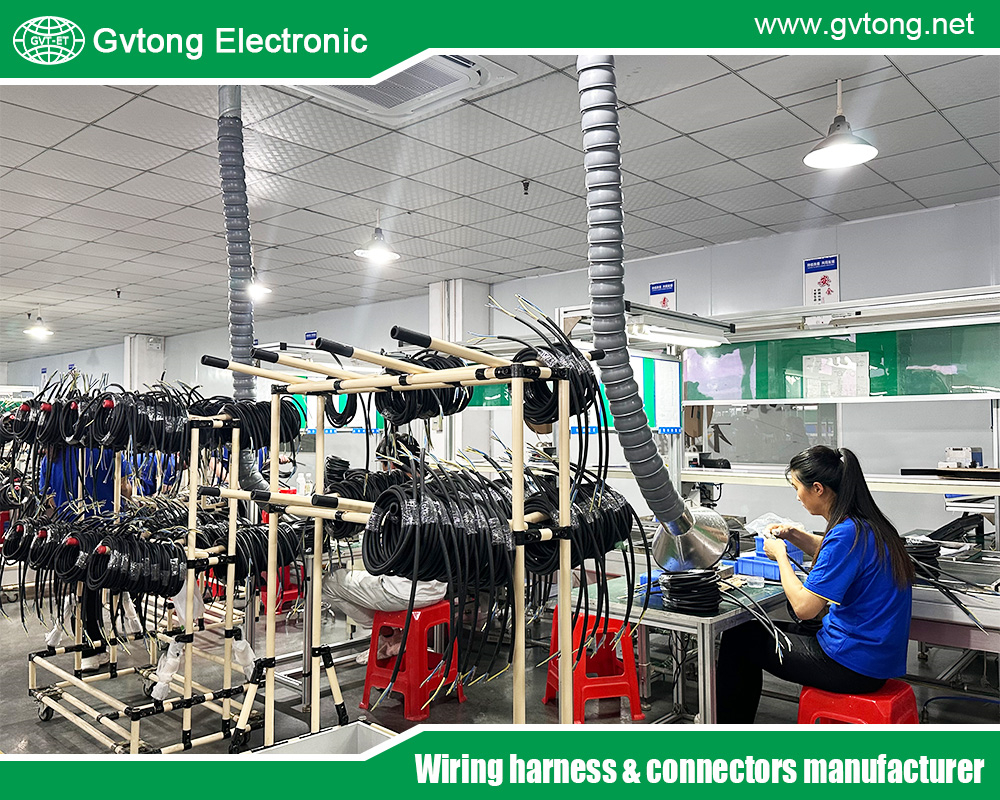
Conclusion
2-cavity connectors are unsung heroes in modern technology, enabling reliable and efficient connections across the automotive, consumer electronics, industrial automation, and medical industries. Their compact size, durability, and versatility make them ideal for applications ranging from sensor integration in vehicles to life-saving medical devices. In the automotive sector, they support the shift toward electrification and autonomy. In consumer electronics, they enable sleek, high-performance devices. In industrial automation, they ensure robust connectivity in harsh environments, while in the medical field, they meet stringent safety standards for critical applications. As industries continue to innovate, the demand for 2-cavity connectors will grow, driven by trends like IoT, 5G, and smart healthcare. By delivering reliability and efficiency in diverse scenarios, these connectors will remain a cornerstone of technological advancement, powering the systems that shape our future.
For more about the typical application scenarios of 2-cavity connectors in four major industries, you can pay a visit to Gvtong at https://www.gvtong.net/ for more info.
Recent Posts
Revealing the Core Advantages of Automotive Hybrid Connectors
What is the 12 Volt Automotive Wire Connector
Recommend the Best ADAS Automotive Connector Manufacturers in China
What is an Electrical Distribution System and How to Choose It
The Top Automotive Electrical Connectors Manufacturers You Want to Know
How to Choose the Best Automotive Connector Suppliers in Vietnam
The Best High Current Connectors Automotive Manufacturer in China
Tags
Recommended Products
-
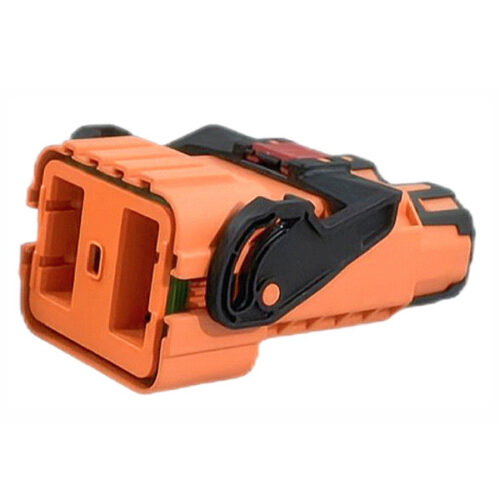
GH Series-HV6-2-core Plastic High Voltage Connector
-
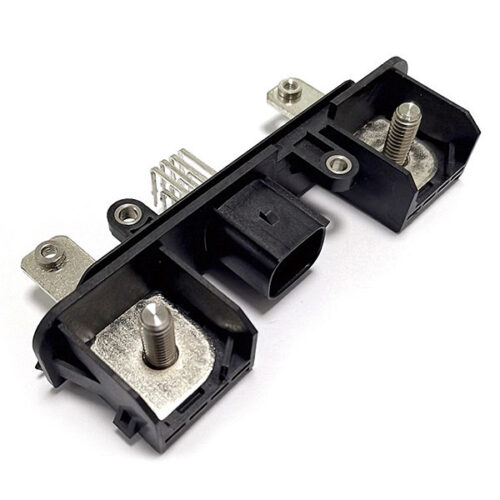
Combined power connector-(2+8) core
-
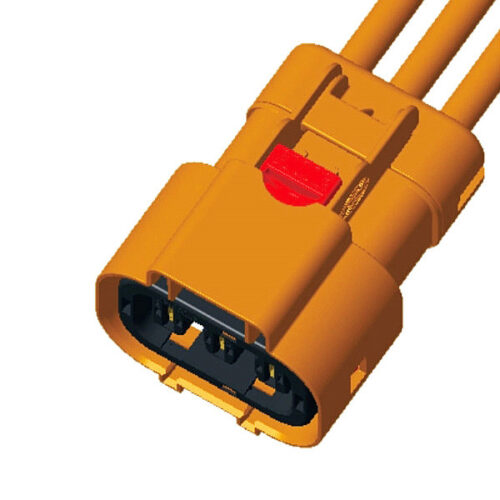
Connector plug+socket-GH630 series-3P
-
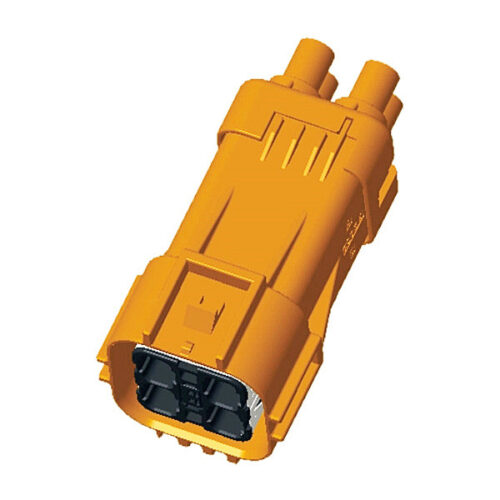
High voltage connector-GH630 series-4P
-

Single core 10MM
-
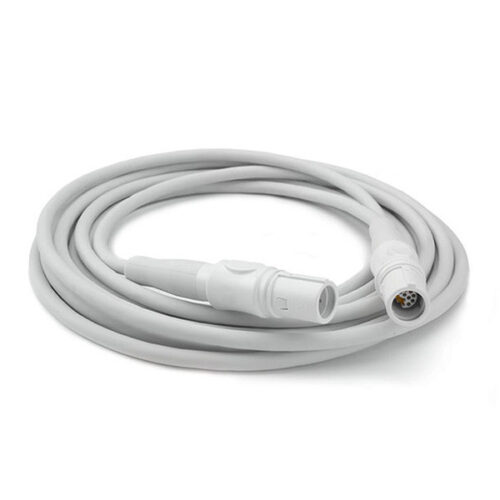
Wiring harness for medical equipments
-
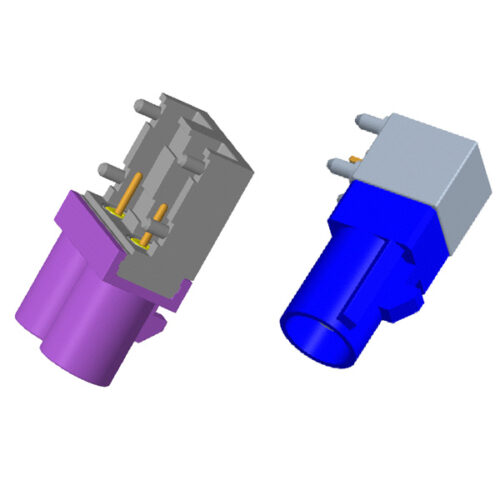
Automotive FAKRA Connector – Board End, DC to 3GHz From RF Connectors And Cables Manufacturer In China
-
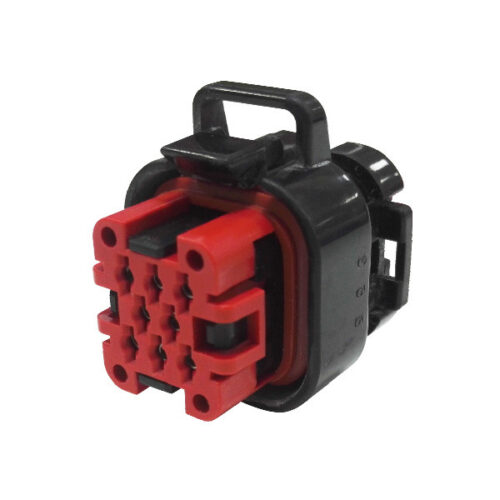
GE Series-8-core three-row signal connector
